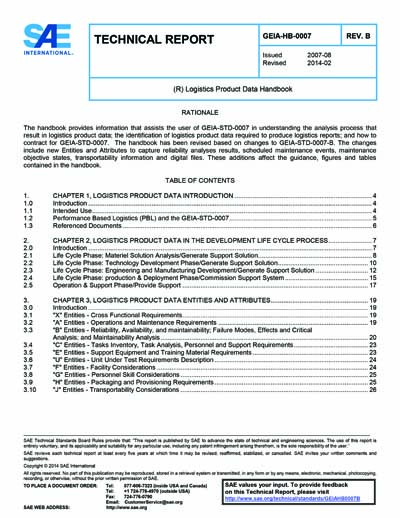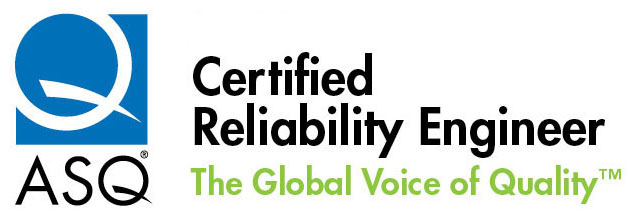

Symbol refers to weight of gearmotors and speed reducers. Domestic and commercial equipment. Company organization, management and quality.Recent DoD Efforts to Enhance System Reliability in DevelopmentPlease first verify your email before subscribing to alerts.
These developments were in response to what was widely viewed as deterioration in the process over the preceding two or so decades.During the 1990s, some observers characterized the view of defense acquisition as one of believing that if less oversight were exercised over the development of weapons systems by contractors, the result would be higher quality (and more timely delivery of) defense systems. Department of Defense (DoD) has carried out several examinations of the defense acquisition process and has begun to develop some new approaches. Section M Evaluation Criteria.Since the early 2000s, the U.S. I n t e g r i t y - S e r v i c e - E x c e l l e n c e. ANSI/GEIA-STD PDFarchitecture and design compliant with ANSI/GEIA STD-0009. Civil status Town halls and communities.

One result of this suggestion was the formation of a committee that included representatives from industry, DoD, academia, and the services, under the auspices of the Government Electronics and Information Technology Association (GEIA). I): a robust reliability growth program, a mandatory contractual requirement and document progress as part of every major program review … ensure that a credible reliability assessment is conducted during the various stages of the technical review process and that reliability criteria are achievable in an operational environment.This report also argued that there was a need for a standard of best practices that defense contractors could use to prepare proposals and contracts for the development of new systems. Department of Defense, 2007a, p.

Ansi Geia Std 0009 Update The Operational
The estimates shall be verified to be operationally realistic with measurements using the production-representative system in time to be used for Reliability Verification…. These loads shall be estimated for the entire life cycle which will typically include operation, storage, shipping, handling, and maintenance. The contractor shall estimate and periodically update the operational and environmental loads (e.g., mechanical shock, vibration, and temperature cycling) that the system is expected to encounter in actual usage throughout the life cycle. 1).4 Many of these initiatives are described in the succession of DOT&E Annual Reports.The contractor shall implement a sound systems-engineering process to translate customer/user needs and requirements into suitable systems/products while balancing performance, risk, cost, and schedule…. Department of the Army, Pamphlet 73-2, 1996, p. 4 Also about this time, the Joint Chiefs of Staff published an updated instruction about system requirements (CJCSI 3170.01F) 5 that declared materiel availability, a component of suitability that is a function of reliability, a “key performance parameter.”Also in 2008, DOT&E established a Reliability Improvement Working Group, with three goals: ensuring that each DoD acquisition program incorporates a viable systems engineering strategy, including a RAM growth program promoting the reconstitution of cadres of experienced test and evaluation and RAM personnel across government organizations and implementing mandated integrated developmental and operational testing, including the sharing of and access to all appropriate contractor and3 The TEMP is the high-level “basic planning document for all life cycle Test and Evaluation (T&E) that are related to a particular system acquisition and is used by all decision bodies in planning, reviewing, and approving T&E activity” (U.S.
Identification of the failure mechanism provides the insight essential to the identification of corrective actions, including reliability improvements. All failures that occur in either test or in field shall be analyzed until the root cause failure mechanism has been identified. The teams developing assemblies, subassemblies, and components for this system shall identify and confirm through analysis, test or accelerated test the failure modes and distributions that will result when lifecycle loads estimated above are imposed on these assemblies, subassemblies and components…. The estimates of lifecycle loads on assemblies, subassemblies, and components obtained above shall be used as inputs to engineering- and physics-based models in order to identify potential failure mechanisms and the resulting failure modes. The identification of failure modes and mechanisms shall start immediately after contract award. These estimates and updates shall be provided to teams developing assemblies, subassemblies,And components for this system….
The contractor shall deploy a mechanism (e.g., a Failure Reporting, Analysis, and Corrective Action System or a Data Collection, Analysis, and Corrective Action System) for monitoring and communicating throughout the organization (1) description of test and field failures, (2) analyses of failure mode and root-cause failure mechanism, (3) the status of design and/or process corrective actions and risk-mitigation decisions, (4) the effectiveness of corrective actions, and (5) lessons learned…. The contractor shall have an integrated team, including suppliers of assemblies, subassemblies, components, commercial-off-the-shelf, non-developmental items, and government-furnished equipment, as applicable, analyze all failure modes arising from modeling, analysis, test, or the field throughout the life cycle in order to formulate corrective actions….


 0 kommentar(er)
0 kommentar(er)
